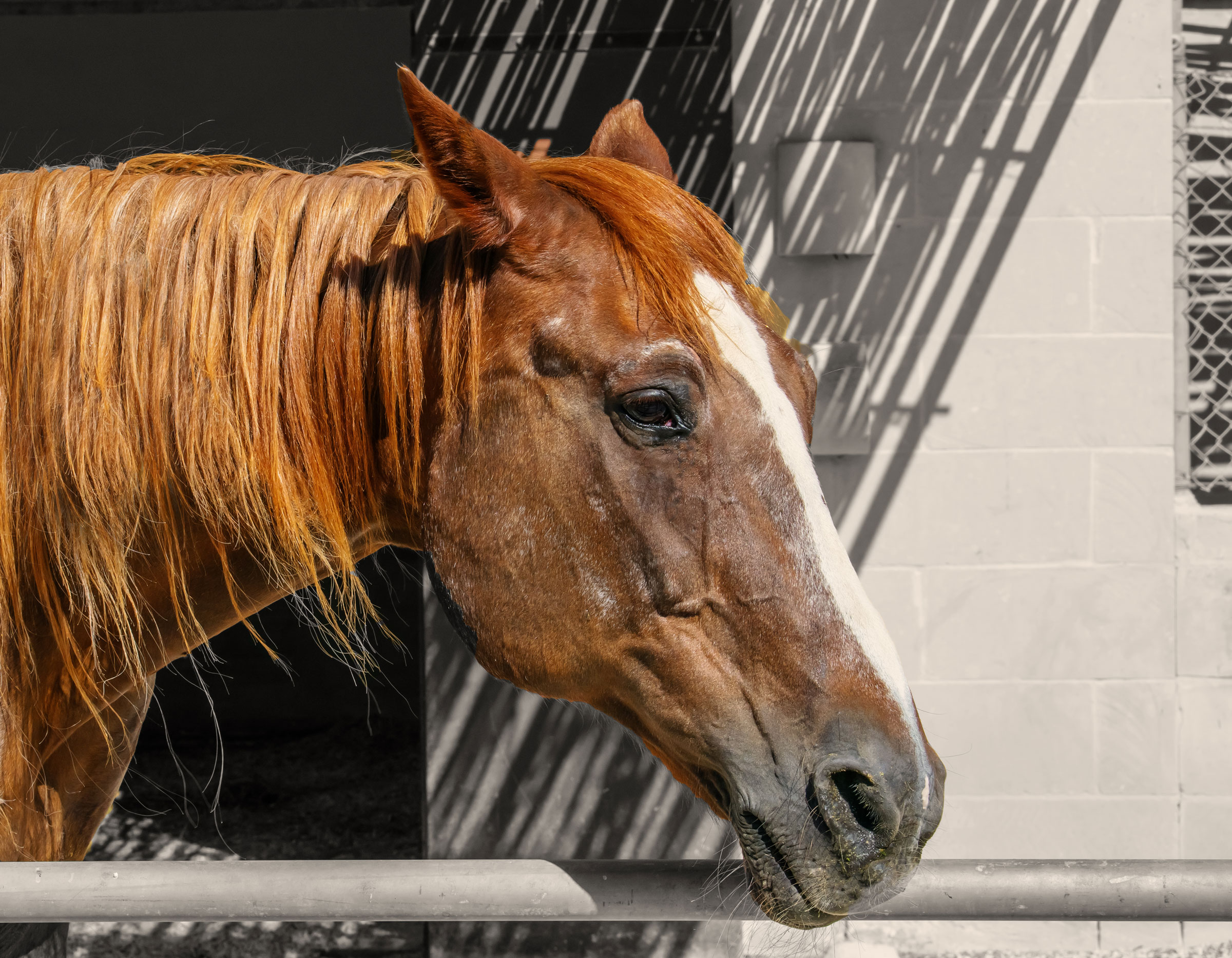
An uncommon equine medical issue occurs within endocrine tissue—pituitary, thyroid and adrenal gland neoplasms. The incidence based on post-mortem studies ranges from 0.5-1.8%[Perez-Ecija, A.; Toribio, R.E.; Mendoza, F.J. Endocrine tumors in equids. Equine Veterinary Education, 2017].
The researchers note that typically these tumors occur in older horses. With the exception of PPID and pheochromocytoma, often there aren’t obvious clinical signs.
The incidence of pituitary tumors in geriatric equines is reported to be around 21%, with adenomas accounting for 60% of the cases, hyperplasia 30%, and only an infrequent carcinoma. The researchers reported that most pituitary tumors are associated with the pars intermedia.
Measurement of basal plasma ACTH, then measuring ACTH following stimulation by thyrotropin-releasing hormone (TRH), provide good diagnostic information, particularly during autumn months.
Thyroid adenomas are identified as an incidental finding in 7.1% of all ages of horses in one report, but were found in as many as 75% of horses over 20 years in another report.
Most adenomas do not progress to carcinoma and therefore might not need removal. Biopsy of the affected thyroid gland helps to determine if surgical excision is necessary.
Most affected horses do not show clinical signs other than slight dyspnea or gulping due to pressure from the enlarged thyroid mass on surrounding tissues. Measurement of serum thyroid levels or calcitonin concentrations assists diagnosis and is important for determining if thyroid supplementation is necessary.
Parathyroid tumors are rare, and no parathyroid carcinoma cases have been reported in horses.
Adrenal tumors tend to be unilateral, benign pheochromocytomas that are nonfunctional. These are typically identified on post-mortem exam. The low Incidence—0.95% to 1.65%—is seen primarily in horses older than 23 years.








